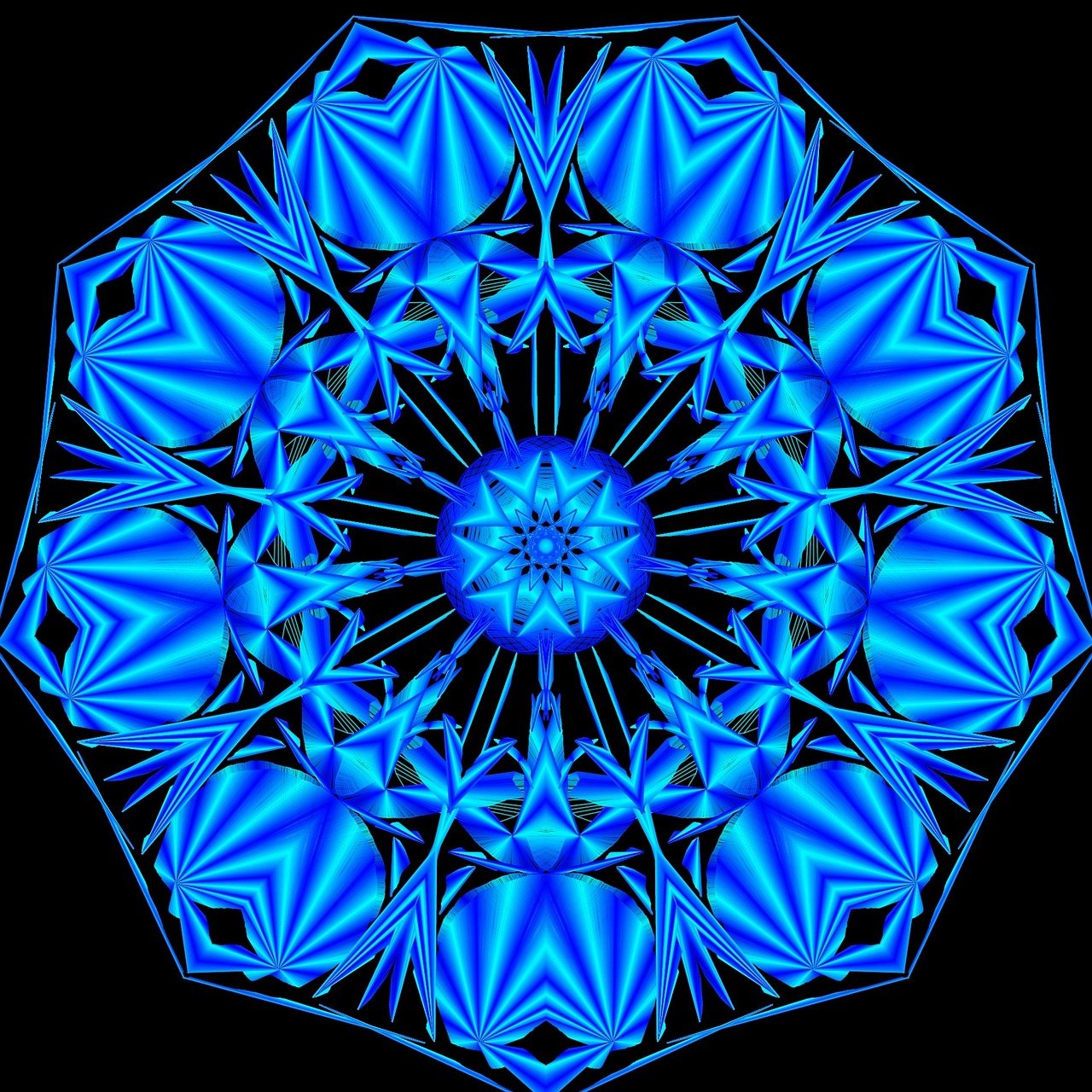What Are the Different Types of Art Mediums and Their Uses?

Hey there, amazing readers! 🖐️ Just a quick note: yes, we know there are a lot of ads here. Trust us, we get it—it’s not the prettiest look, but they help us keep this blog alive and kicking. Those pesky little ads cover the costs of all the behind-the-scenes magic, from hosting and tech stuff to creating content we hope you’ll love.
We’re committed to delivering quality posts, and your support (even just sticking around despite the ads) means everything to us. So, bear with us, and thanks for helping us keep the good vibes rolling. Now, on to the fun stuff! 😉
TRANSLATE BUTTON AT THE END OF THE ARTICLE
Introduction
Art mediums are the materials artists use to create their work.
Each medium offers unique properties and effects, influencing the outcome of the artwork.
Understanding the different types of art mediums and their uses can help you choose the right one for your creative projects.
This guide will explore various art mediums and their applications, providing insight into how each can enhance your artistic expression.
1. Painting Mediums
Painting mediums include a variety of substances that artists use to apply color to surfaces.
Here’s a look at some of the most popular types:
Oil Paint
Characteristics: Made from pigments suspended in linseed oil, oil paint is known for its rich colors and smooth texture.
Uses: Ideal for detailed work and blending, oil paint allows for gradual layering and corrections.
It dries slowly, giving artists ample time to manipulate the paint.
Acrylic Paint
Characteristics: Acrylic paint consists of pigments mixed with acrylic polymer emulsion, which dries quickly and becomes water-resistant.
Uses: Versatile and fast-drying, acrylics can mimic the effects of oil or watercolor paints.
They are suitable for a variety of surfaces and techniques, including impasto and glazing.
Watercolor Paint
Characteristics: Made with pigments suspended in a water-soluble binder, watercolor paint is known for its transparency and fluidity.
Uses: Ideal for creating washes and delicate gradients, watercolors are perfect for capturing subtle details and light effects.
They require careful handling due to their tendency to spread.
Gouache Paint
Characteristics: Gouache is similar to watercolor but with added opacity due to the presence of chalk or other fillers.
Uses: Gouache provides a matte finish and is used for solid, vibrant colors.
It’s effective for creating bold, flat areas of color and detailed illustrations.
2. Drawing Mediums
Drawing mediums are tools and materials used for creating line-based artworks.
Here are some common types:
Graphite Pencils
Characteristics: Graphite pencils come in varying degrees of hardness, from soft (B) to hard (H).
Softer pencils produce darker lines, while harder pencils create lighter, finer lines.
Uses: Ideal for detailed drawings and shading, graphite pencils are versatile and commonly used in sketches, portraits, and technical drawings.
Charcoal
Characteristics: Charcoal is made from burned wood and can be either compressed or vine charcoal.
It offers a rich, deep black and is easily blendable.
Uses: Used for dramatic shading and expressive lines, charcoal is suitable for figure drawing, life studies, and creating high-contrast effects.
Colored Pencils
Characteristics: Colored pencils contain pigments mixed with wax or oil, allowing for a range of colors and blending techniques.
Uses: Perfect for detailed work and layering, colored pencils are used in illustrations, fine art, and creating vibrant, textured effects.
Ink
Characteristics: Ink comes in various forms, including fountain pens, drawing pens, and bottled ink.
It can be used with brushes or pens.
Uses: Ink is ideal for line drawings, calligraphy, and detailed illustrations.
It can produce a range of effects, from fine lines to bold, expressive marks.
3. Sculpting Mediums
Sculpting mediums are materials used to create three-dimensional art.
Here’s a look at some popular options:
Clay
Characteristics: Clay is a malleable material that can be sculpted and fired to harden.
Common types include earthenware, stoneware, and porcelain.
Uses: Clay is used for creating pottery, figurines, and abstract sculptures.
Different types of clay offer various firing temperatures and surface qualities.
Plaster
Characteristics: Plaster is a quick-drying material that can be poured into molds or applied directly to surfaces.
Uses: Often used for creating casts, molds, and relief sculptures, plaster is valued for its smooth finish and versatility in texture.
Metal
Characteristics: Metal sculpting involves materials such as bronze, steel, and aluminum.
Metals can be welded, cast, or forged.
Uses: Metal is used for creating durable, often large-scale sculptures.
It’s suitable for outdoor works and pieces requiring structural strength.
Wood
Characteristics: Wood is a traditional sculpting medium that can be carved, shaped, and finished.
Uses: Used for detailed carvings and functional art, wood offers a warm, natural aesthetic.
It’s often used in traditional and contemporary sculpture.
4. Printmaking Mediums
Printmaking mediums involve techniques for creating multiple copies of an artwork.
Common types include:
Etching
Characteristics: Etching involves creating images on a metal plate using acid to bite into the surface.
Uses: Etching produces detailed and textured prints, suitable for fine lines and intricate designs.
Lithography
Characteristics: Lithography uses a flat stone or metal plate, where the image is drawn with a greasy substance and then printed using a press.
Uses: This method allows for a range of textures and effects, ideal for reproducing detailed and expressive works.
Screen Printing
Characteristics: Screen printing involves pushing ink through a mesh screen onto a surface.
Uses: Suitable for bold, graphic images and large prints, screen printing is popular in commercial and artistic applications.
5. Mixed Media
Mixed media combines different art mediums to create layered and textured artworks.
Collage
Characteristics: Collage involves assembling various materials such as paper, fabric, and found objects onto a surface.
Uses: Allows for creative combinations and textures, perfect for experimental and contemporary artworks.
Assemblage
Characteristics: Assemblage uses three-dimensional objects combined into a single piece.
Uses: Ideal for creating sculptures or mixed media works with a focus on materials and found objects.
Conclusion
Understanding the different types of art mediums and their uses is essential for selecting the right tools for your creative projects.
Whether you’re painting, drawing, sculpting, or printmaking, each medium offers unique properties and effects that can enhance your artistic expression.
By experimenting with various mediums, you can discover new techniques and expand your creative possibilities.

The Enlightenment Journey is a remarkable collection of writings authored by a distinguished group of experts in the fields of spirituality, new age, and esoteric knowledge.
This anthology features a diverse assembly of well-experienced authors who bring their profound insights and credible perspectives to the forefront.
Each contributor possesses a wealth of knowledge and wisdom, making them authorities in their respective domains.
Together, they offer readers a transformative journey into the realms of spiritual growth, self-discovery, and esoteric enlightenment.
The Enlightenment Journey is a testament to the collective expertise of these luminaries, providing readers with a rich tapestry of ideas and information to illuminate their spiritual path.
Our Diverse Expertise 🌟
While our primary focus is on spirituality and esotericism, we are equally passionate about exploring a wide range of other topics and niches 🌍📚. Our experienced team is dedicated to delivering high-quality, informative content across various subjects ✨.
To ensure we provide the most accurate and valuable insights, we collaborate with trusted experts in their respective domains 🧑🏫👩🏫. This allows us to offer well-rounded perspectives and knowledge to our readers.
Our blog originally focused on spirituality and metaphysics, but we’ve since expanded to cover a wide range of niches. Don’t worry—we continue to publish a lot of articles on spirituality! Frequently visit our blog to explore our diverse content and stay tuned for more insightful reads.





